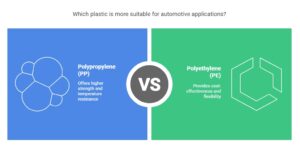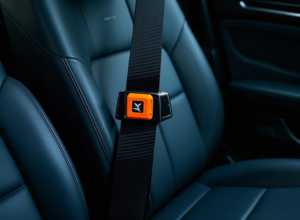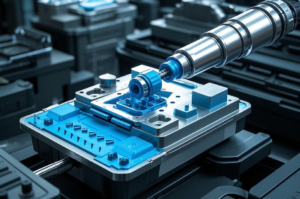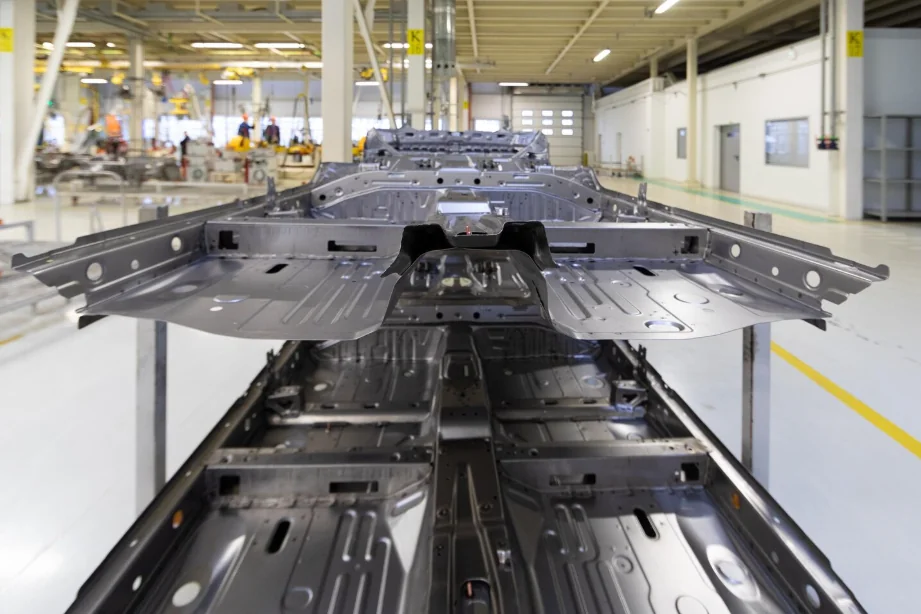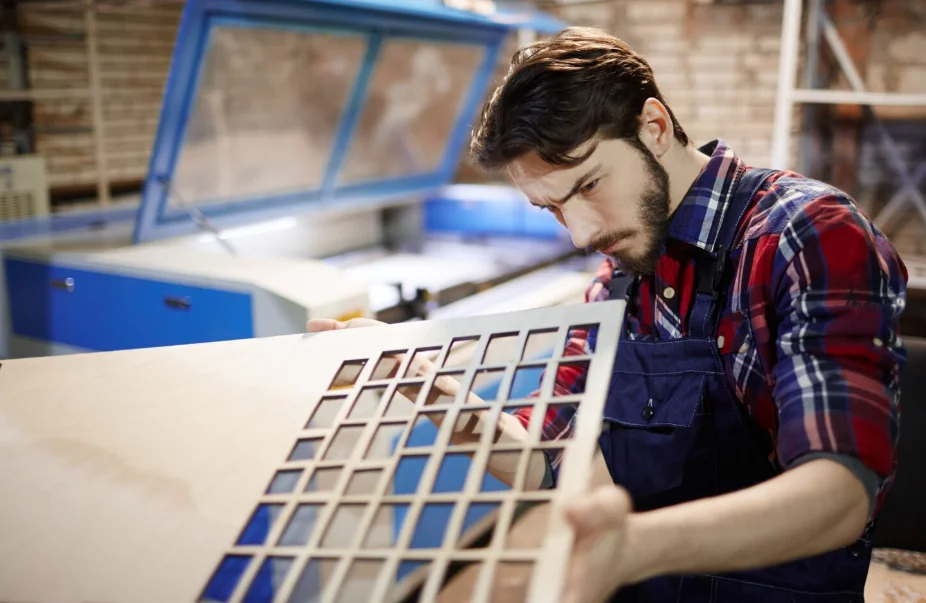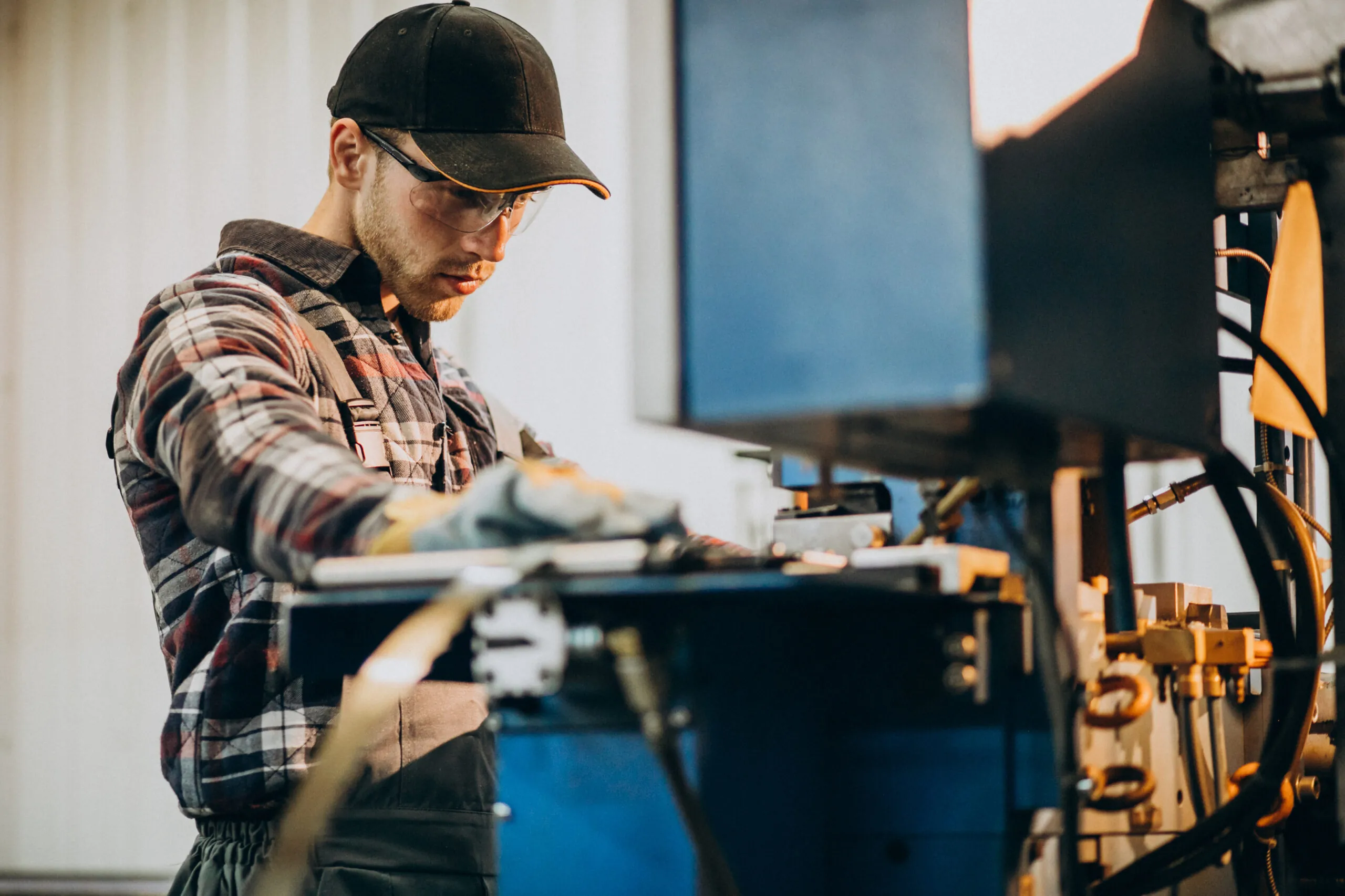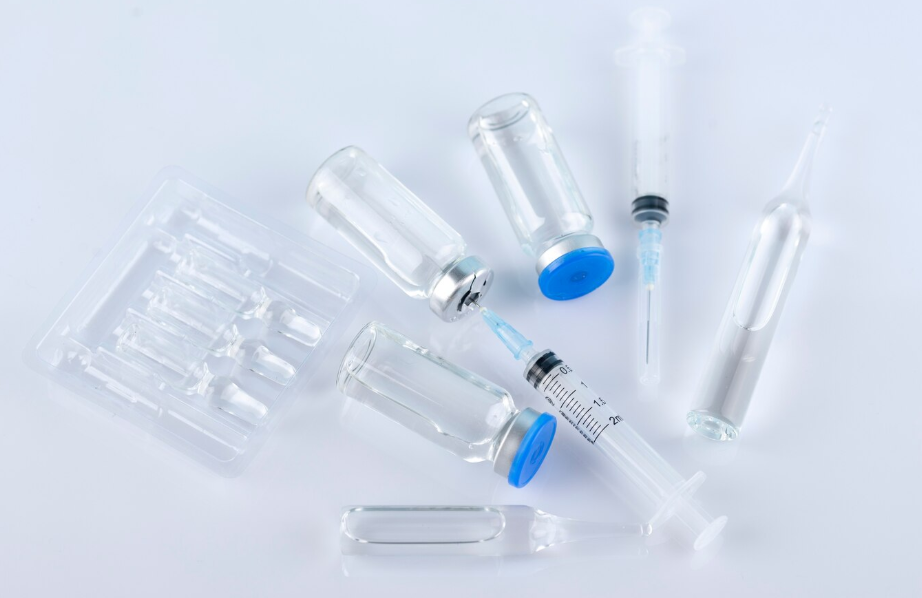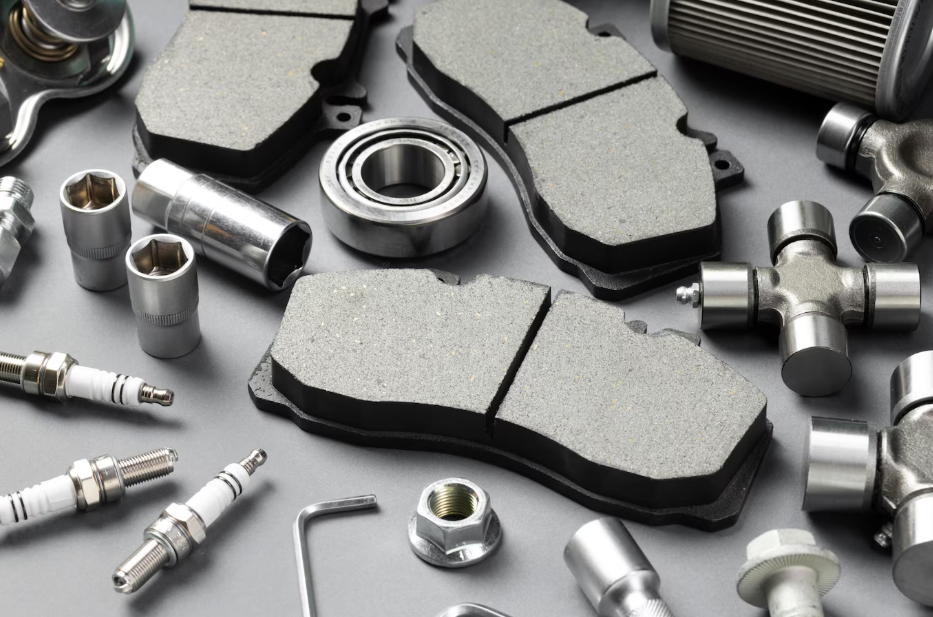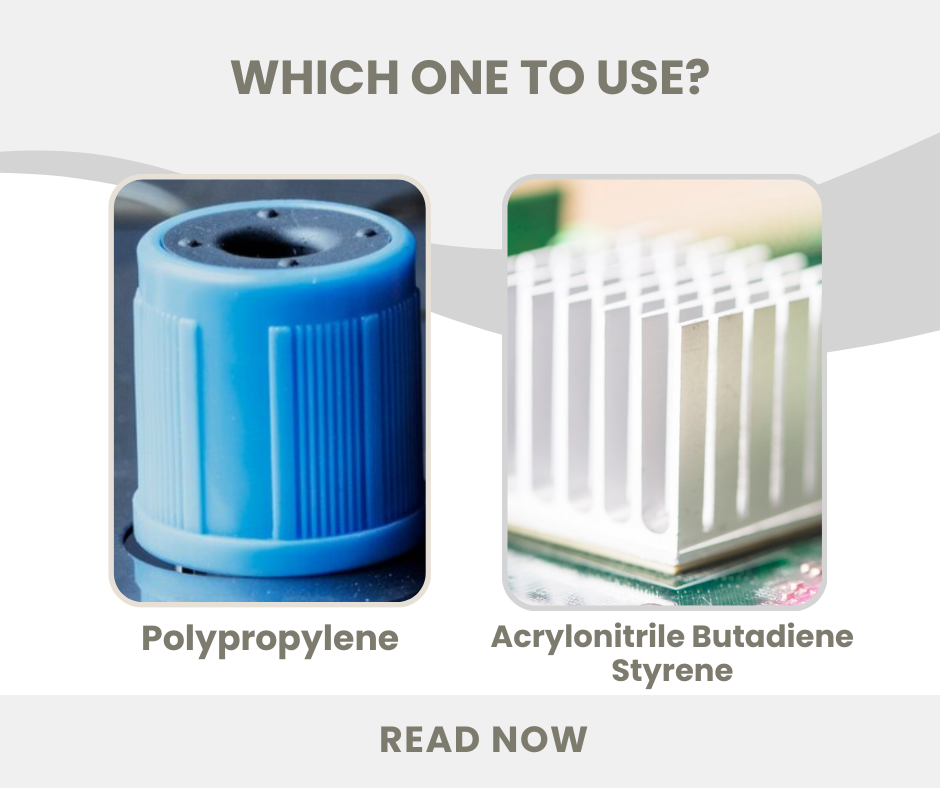Polypropylene (PP) serves well as interior trim and bumper system material because it demonstrates thermal stability alongside its low density and chemical resistance. Polyethylene (PE) finds extensive applications in fuel tanks and fluid conduits because of its toughness combined with wide processing possibilities.
In automotive manufacturing, the structure of different polymers affects the weldability, surface finish, and long-term durability of the material. Thus, this article will help auto manufacturers choose the right material between PP vs. PE based on their needs.
Table of Contents
ToggleWhat is PP?
Polypropylene emerges as a semicrystalline thermoplastic that develops through propylene monomer polymerization. The chains align closely to generate high stiffness alongside average crystallinity. The polypropylene melting temperature reaches high values at 160-170°C while manufacturers generate different grades by producing homopolymer and copolymer, which enables them to adjust their mechanical properties.
The addition of such fillers as fiberglass or talc helps increase both dimensional stability and material rigidity. As a result of being highly crystalline in regions, PP avoids naturally taking up moisture. The good fatigue resistance of PP makes it possible to produce living hinges and snap-fit components.
In PP vs. PE, the thermal resistance capabilities of PP exceed PE, but its flexibility falls behind PE in most cases.
Common Applications of PP in Auto Parts Manufacturing and Its Benefits
PP serves the automotive industry through instrument panels, bumper fascias, and door trims because of its optimal mixture of strength and affordability. The production process works through high-speed PP injection molding, which leads to decreased manufacturing times.
This material features an impact-resistant nature that protects against incidents where it briefly impacts other objects without breaking. Due to its strong resistance properties, PP works as an ideal material in automotive interiors, as it resists shape deformation when exposed to sunlight and temperature variations. Besides, the material helps vehicles achieve better fuel economy by being light in weight to satisfy vehicle weight reduction standards.
For these features, PP has become a choice for present-day automotive designs since it meets emission control standards with lightweight material solutions.
What is PE?
PE is a thermoplastic material that derives from ethylene monomers. The molecular composition of PE results in either linear or branched chains, which produce HDPE or LDPE grades, respectively.
HDPE possesses a visually straight chain structure that produces stronger tensile strength along with higher density values. The polyethylene melting point usually occurs at a range of 125-135°C for HDPE[1], whereas this material shows excellent solvent stability and high resistance against acids and bases. The substance maintains its flexible characteristics when exposed to cold temperatures because of its lower glass transition point.
PE offers enhanced ductility through its flexible structure, which renders it suitable for applications needing a combination of elasticity and easy fabrication processes, unlike PP. Regarding PP vs. PE selections, stress-crack resistance combined with ease of welding makes PE preferable over PP.
Common Applications of PE in Auto Parts Manufacturing and Its Benefits
Automotive manufacturers use PE as material for fuel tanks and fluid reservoirs, seatbelt retainers, and wire insulations. Due to its ability to stand against dangerous fluids and mechanical strains, HDPE offers dependable performance in vehicle compartment components.
LDPE or LLDPE serves as a suitable material for tubing applications as well as protective layers that require flexible characteristics. The substance proves beneficial due to its low coefficient of friction for moving and sliding components.
Since PE can be roto-molded, blow-molded, or injection-molded, it tackles complex shapes in tanks or fluid lines. Thermal cycling variation produces minimal cracks in PE materials when the parts are exposed to rugged climatic conditions. Such flexibility renders PE a choice for many under-the-hood and fluid-handling parts to complement the structural advantages of polypropylene in automotive assemblies.
PP vs. PE: Comparison of Polypropylene and Polyethylene Plastics
For automotive component design, understanding the PP vs PE performance characteristics is essential. The key comparisons are:
| Property | PP (Polypropylene) | PE (Polyethylene) |
| Strength
| Higher tensile strength than PE. | Depends on the grade (LDPE, HDPE, etc.). |
| More rigid and can resist higher loads.
| HDPE has moderate tensile strength. | |
| LDPE is more flexible, lower strength. | ||
| Temperature Resistance | Higher melting point. | Lower melting point. |
| Chemical Resistance | Excellent resistance to many chemicals (acids, bases, and solvents). | Also excellent chemical resistance, but unmodified HDPE may be more prone to environmental stress cracking than PP.
|
| More resistant than PE to stress cracking. | ||
| Cost | Slightly more expensive than standard HDPE. | One of the most economical plastics. |
| Still considered cost-effective in large-scale applications. | Cheaper than PP in bulk. | |
| Common Applications | Bumpers, dashboard and instrument panels, interior trim components, battery cases/covers, and under-the-hood components. | Fuel tanks, fluid reservoirs, cable insulation and conduit, wheel well liners, and protective covers (underbody shields). |
Which One is Right for Your Auto Parts?
Choose PP for interior and exterior parts that demand high stiffness under higher temperatures, and consider talc or glass fiber fillers for added dimensional stability.
Opt for PE when tackling chemical exposure or flexible shaping needs, including fuel tanks or fluid conduits, thanks to its strong weld seams and stress-crack resistance.
In PP vs. PE analyses, appraise molecular branching and crystallinity for the appropriate balance of impact strength, weight, and durability.
APT Mold for High-Quality Plastic Injection Molding Services
While material selection is crucial, it’s precision manufacturing that determines automotive component performance. Since 2017, APT Mold has delivered reliable plastic injection molding solutions – combining speed, flexibility and uncompromising quality for automotive partners.
Why Choose APT Mold?
✔ ISO 9001:2015 & IATF 16949:2016 certified production
✔ 1,600+㎡ advanced manufacturing facility
✔ 4,000+ successful projects completed
✔ 24-hour quoting with competitive pricing
✔ Comprehensive DFM analysis and support
✔ End-to-end quality control from prototyping to mass production
From prototype to production, our injection molding expertise ensures your automotive components meet the highest standards.
Need precision injection molding for your next automotive project? Get your free quote within 24 hours!
Reference
- LDPE vs HDPE. Available on http://chembook.org/page.php?chnum=8§=7. (Accessed on 31 March, 2025)

